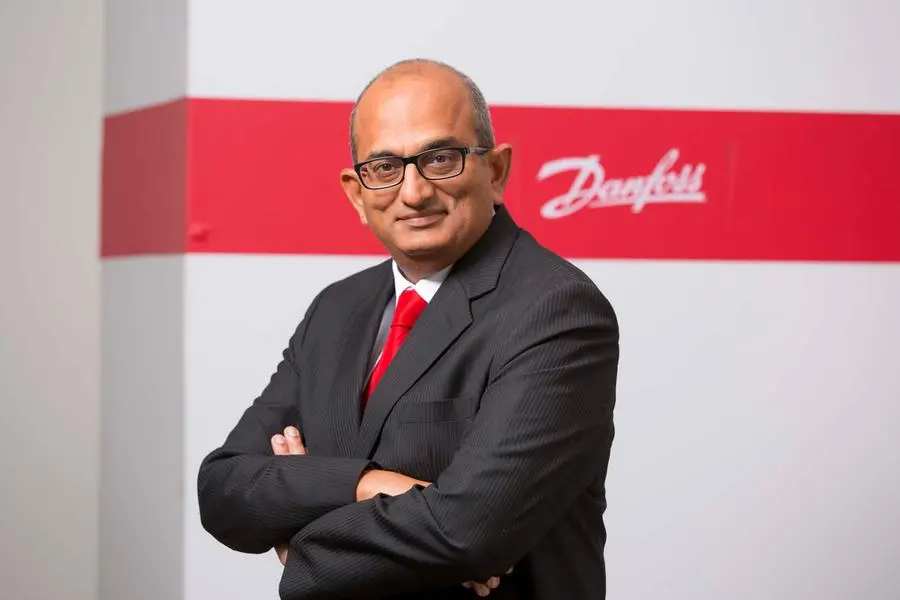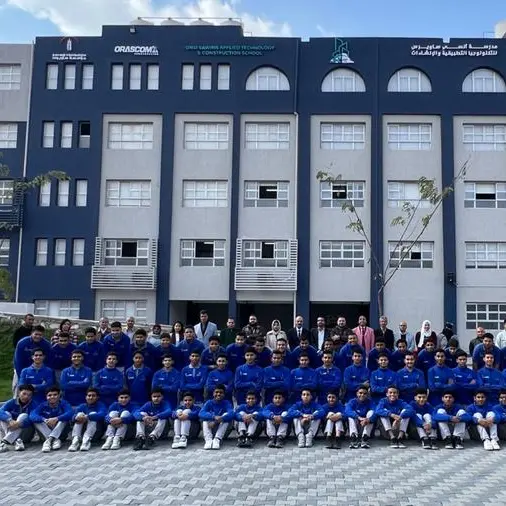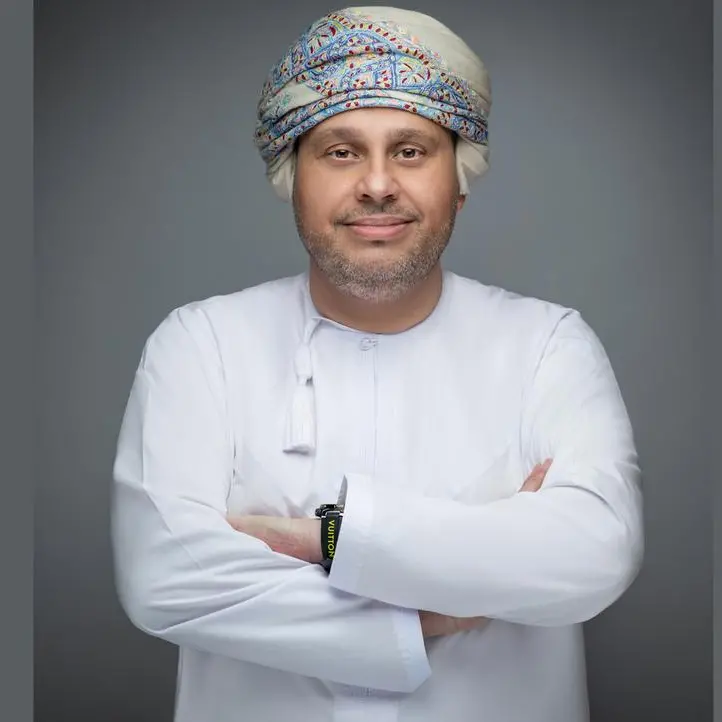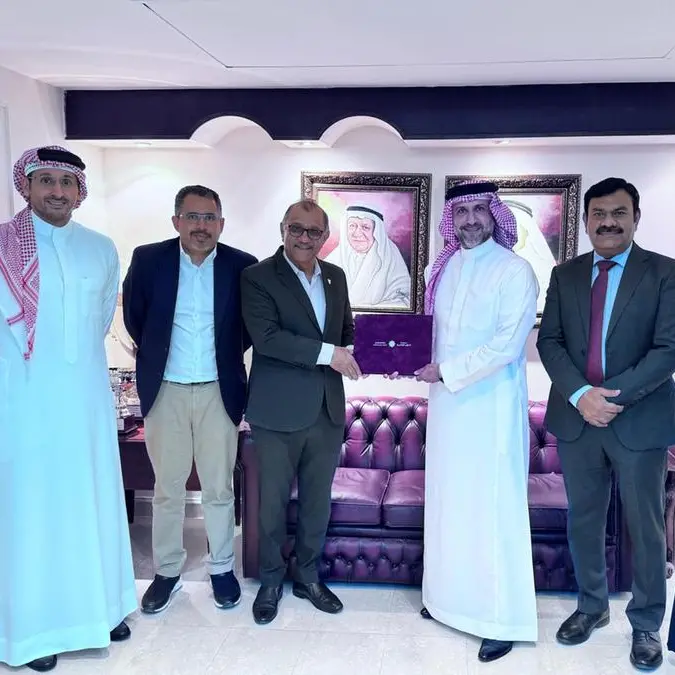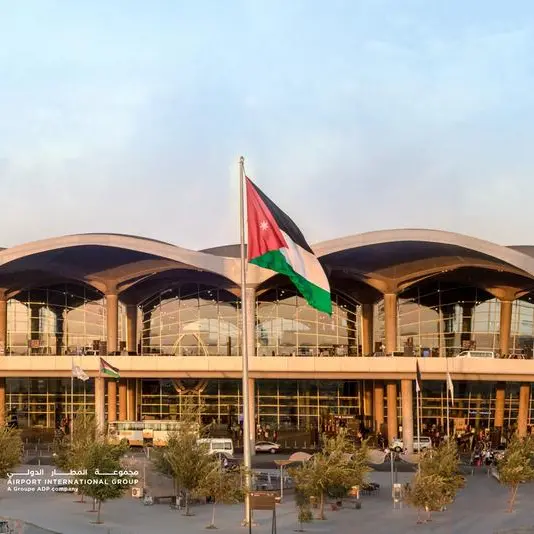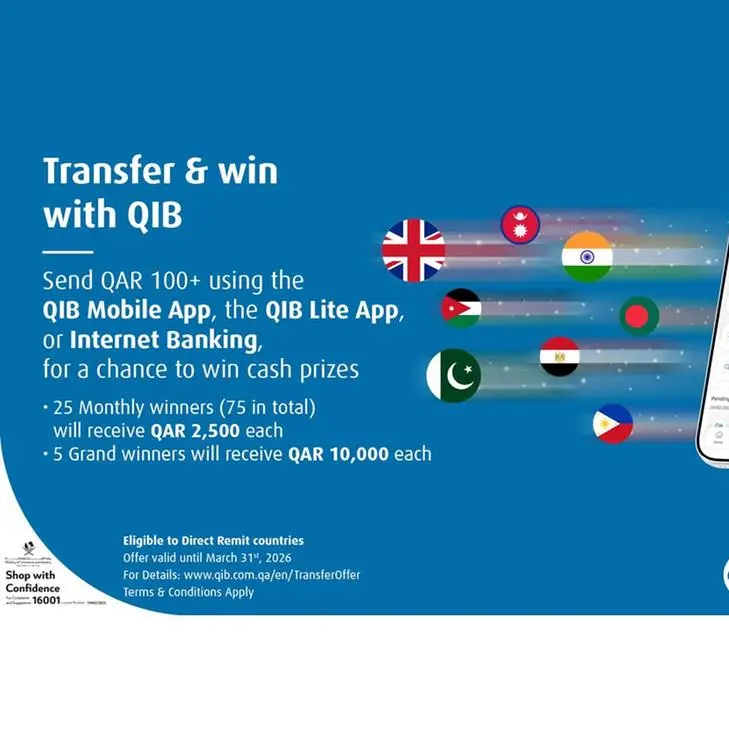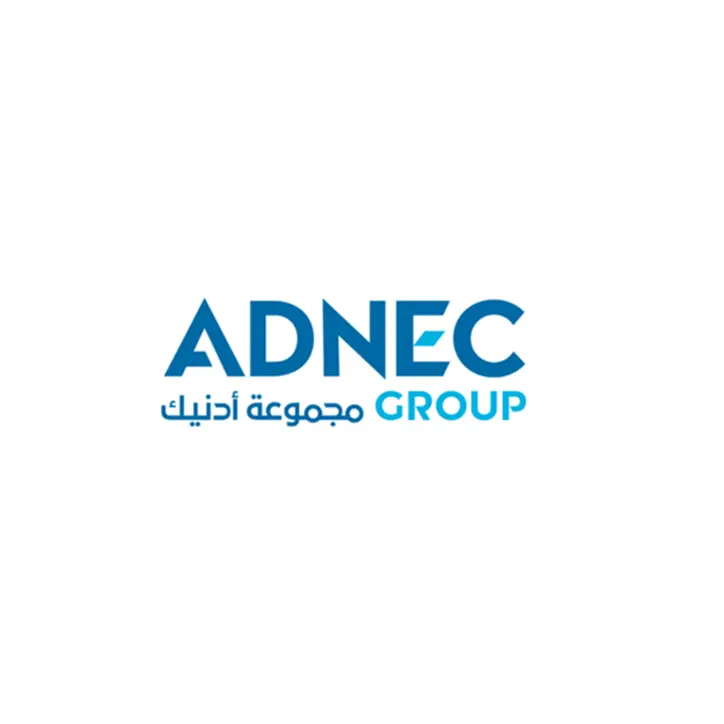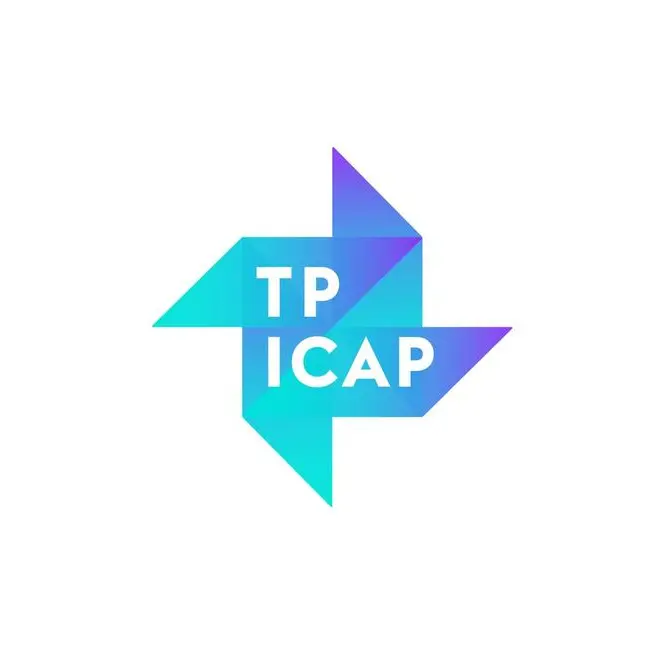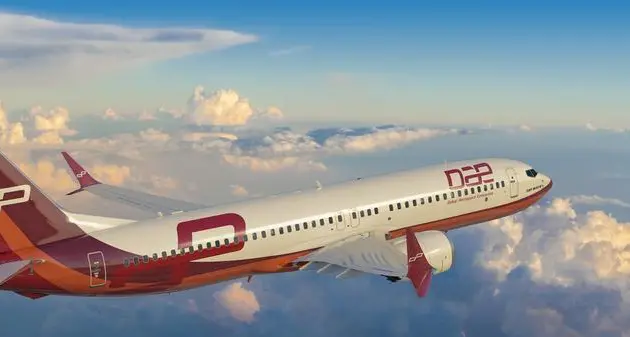PHOTO
- There is an imperative need for cold chain solutions to cover Food Production to reduce wastage and loss in countries like India and Africa.
- Cooling Demand in India is expected to grow 10x by 2030, given the current climate change and rapid urbanization
- Spurring global action on energy efficiency is one of the focuses of the IEA’s 9th annual Global Conference on Energy Efficiency
With around 14% of food worldwide lost due to a lack of effective refrigeration, enough to feed 1 billion people, Danfoss is calling for more attention on the need to establish sustainable and energy-efficient cold chain infrastructure.
The required investments in sustainable cold chains are even more evident in Sub-Saharan Africa where up to 40% of food is lost between farms and markets, with two-thirds of this in the first mile.
Similarly, when it comes to the Indian Cold Chain Infrastructure, basis a recent Food and Agriculture Organization (FAO) Study, a similar percentage of 40% food gets wasted due to inadequate Cold Storage solutions. This includes 30% of fruits and vegetables wasted, that are left rotting in unsafe warehouses.
The need to spur on global action on energy efficiency will be one of the focuses of the International Energy Agency’s (IEA) 9th Annual Global Conference on Energy Efficiency, taking place in Nairobi, Kenya this week.
Increasing temperatures, population growth, urbanization and rising incomes are driving the increased need for cooling. According to the first ever Global Cooling Watch Report, launched at last year’s COP28, cooling demand could triple by 2050. This would lead to a doubling of greenhouse gas emissions by 2050, which is equivalent to more than the total annual greenhouse gas emissions of the United States of America today.
The same report shows that driving efficiency in cold chain and refrigeration through minimum energy performance standards and passive cooling can deliver 30 per cent of the required energy savings by 2050 while greatly reducing food loss and waste. This large energy saving is due to the 24-hour, year-long operation of refrigeration.
Astrid Mozes, President, Regions, Danfoss says: “The good news is that near zero emission cooling is possible. In fact, emissions in 2050 could be cut by 97% with readily available technology including state-of-the-art energy efficiency. Kenya is one country where sustainable business models and financing solutions are key to delivering sustainable and reliable cold chains.”
Ravichandran Purushothaman, President, Danfoss India, says, “Cooling Demand in India is expected to grow 10x by 2030, given the current climate change and rapid urbanization, which will in turn generate increased demand for food, water & energy. And its imperative to meet the same through sustainable means to help get us closer to our net zero ambitions. We are facilitating this expansion, by working towards bridging the tech and skill gap, helping farmers and businesses reduce food loss and improve food security in the Indian cold chain.”
The Loss2Value Project in Kenya, launched by Danish Church Aid and Danfoss, is one such example of important work being done locally to establish a secure cold chain. The project’s objective is to reduce post-harvest losses by emphasizing the concrete value of energy-efficient cold storage to smallholder farmers and traders in Kenya and creating the ecosystem to make it a sustainable business case.
Leveraging India's abundant solar and wind power can power cold chain warehouses and mobile storage facilities, reducing reliance on the grid and mitigating the impact of power outages. Furthermore, adopting sustainable electric trucks for transportation can minimize long-term operational costs and environmental impact.
By implementing sustainable business models and financing solutions, the initiative is empowering Small and Medium Sized Enterprises and farmers to make positive change. This initiative not only addresses the immediate challenges, but also contributes to creating a lasting and resilient impact on the agricultural landscape in Kenya.
-Ends-
For further information please contact:
Samayeshwari Vithaspa – samayeshwari.vithaspa@mslgroup.com
About Danfoss A/S:
Danfoss engineers solutions that increase machine productivity, reduce emissions, lower energy consumption, and enable electrification. Our solutions are used in such areas as refrigeration, air conditioning, heating, power conversion, motor control, industrial machinery, automotive, marine, and off- and on-highway equipment. We also provide solutions for renewable energy, such as solar and wind power, as well as district-energy infrastructure for cities. Our innovative engineering dates back to 1933. Danfoss is family- and foundation-owned, employing more than 42,000 people, serving customers in more than 100 countries through a global footprint of 95 factories.
www.danfoss.com
